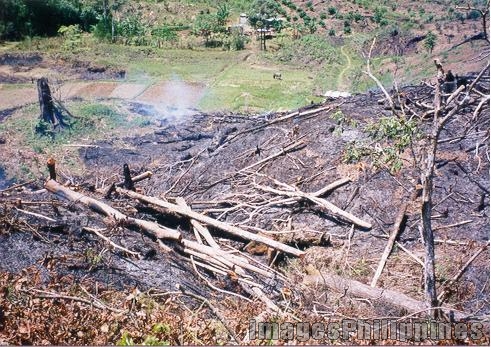Source: Pancreatic Cancer Symptoms
Pancreatic cancer is said to be one of the most aggressive illnesses and regarded as the ‘deadliest cancer’ by health professionals. In our country, pancreatic cancer affects 0.25% of the population, making it the 45th most common cause of death, next to tetanus and ovarian cancer.
The pancreas is a six- inch organ
located behind the stomach, responsible for producing digestive juices and
blood sugar- regulating hormones such as insulin and glucagon. Common diseases
associated with a poorly functioning pancreas include diabetes- currently one
of the fastest growing chronic illnesses in the world—and pancreatic cancer.
Pancreatic cancer begins when a
sporadic growth of abnormal cells occurs within the pancreas and disrupts the
formation of healthy tissue. These unhealthy cells instead form lumps or tumors
that can speed to other parts of the body and interfere with other biological
functions if not controlled immediately. Symptoms of such cancer rarely show
early signs and manifest significantly only when the illness has progressed.
Tumors can be removed surgically or treated through chemotherapy and radiation, though this is most effective when the growth is benign. The malignant form of pancreatic cancer is progressive and highly resistant to treatment, making it nearly impossible to cure.
Except, scientists have found
another way.
Researchers at the Manchester
Cancer Research Centre (MCRC) have discovered an alternative approach to chemo-
and radiotherapy in destroying pancreatic cancer cells. Their studies and tests
on real human tumors have found that in order to kill off cancer cells without
damaging healthy ones, they must cut off the supply of glycolytic ATP
(metabolic energy) in cancer cells to prevent them from breaking down calcium—a
key element that allows cells to survive when kept at low levels. With no
source of this essential metabolic fuel, calcium levels increase in cancer
cells, and destroy them in a literal ‘overdose’.
Doctors at the MCRC suggest that
drugs can be formulates to impair specific sources of glycolytic ATP, which are
more prominent in cancer cells than in healthy cells that rely more on a
different metabolic process as a source of energy.
This approach has yet to be applied
in professional medical practice, however experts from the scientific community
find it a promising form of treatment and a source of hope for victims of
pancreatic cancer.
University of Manchester. “Researches
find potential new treatment approach for pancreatic cancer”. ScienceDaily, 20
Dec. 2013. Web. 21 Dec. 2013
“What is Pancreatic Cancer?
Pancreatic Cancer Symptoms and Causes. “Medical News Today. MediLexicon
International Ltd, n.d. Web. 22 Dec. 2013. < <http://www.medicalnewstoday.com/info/pancreatic-cancer/>.
“World Health Rankings. “ World Life Expectancy. LeDuc Media, n.d.
Web. 22 Dec. 2013 <http://www.worldlifeexpectancy.com/members.php>.




















